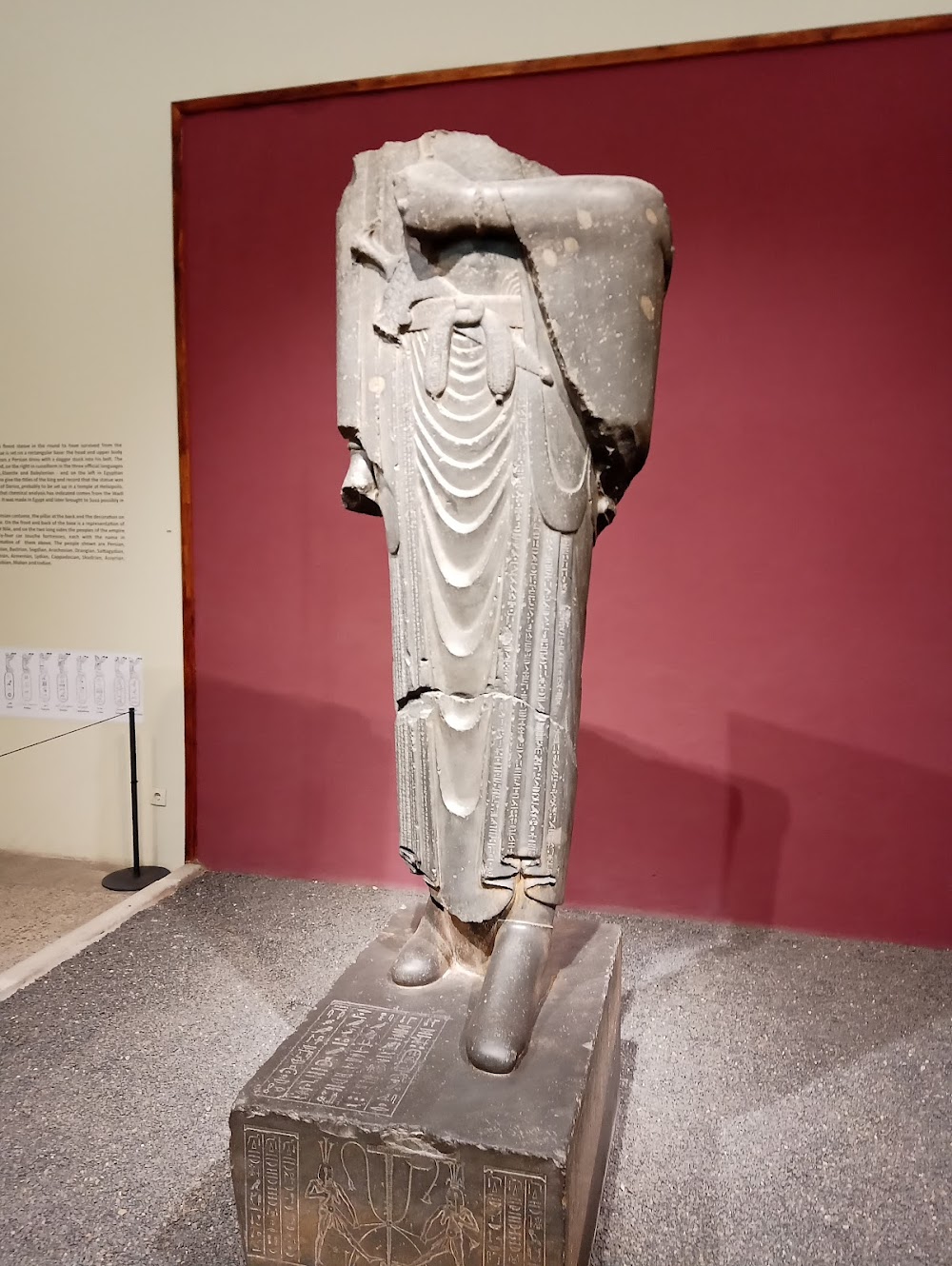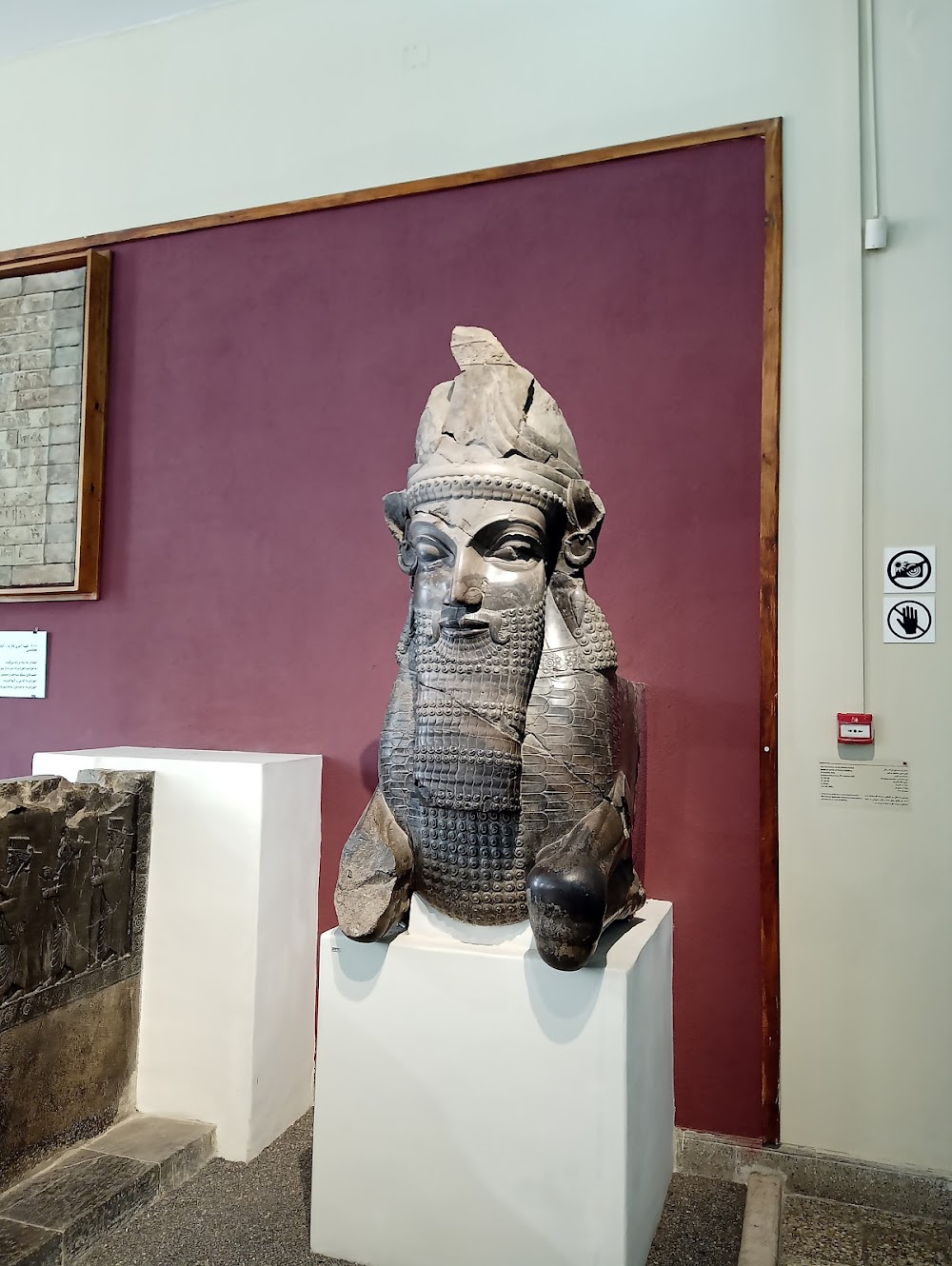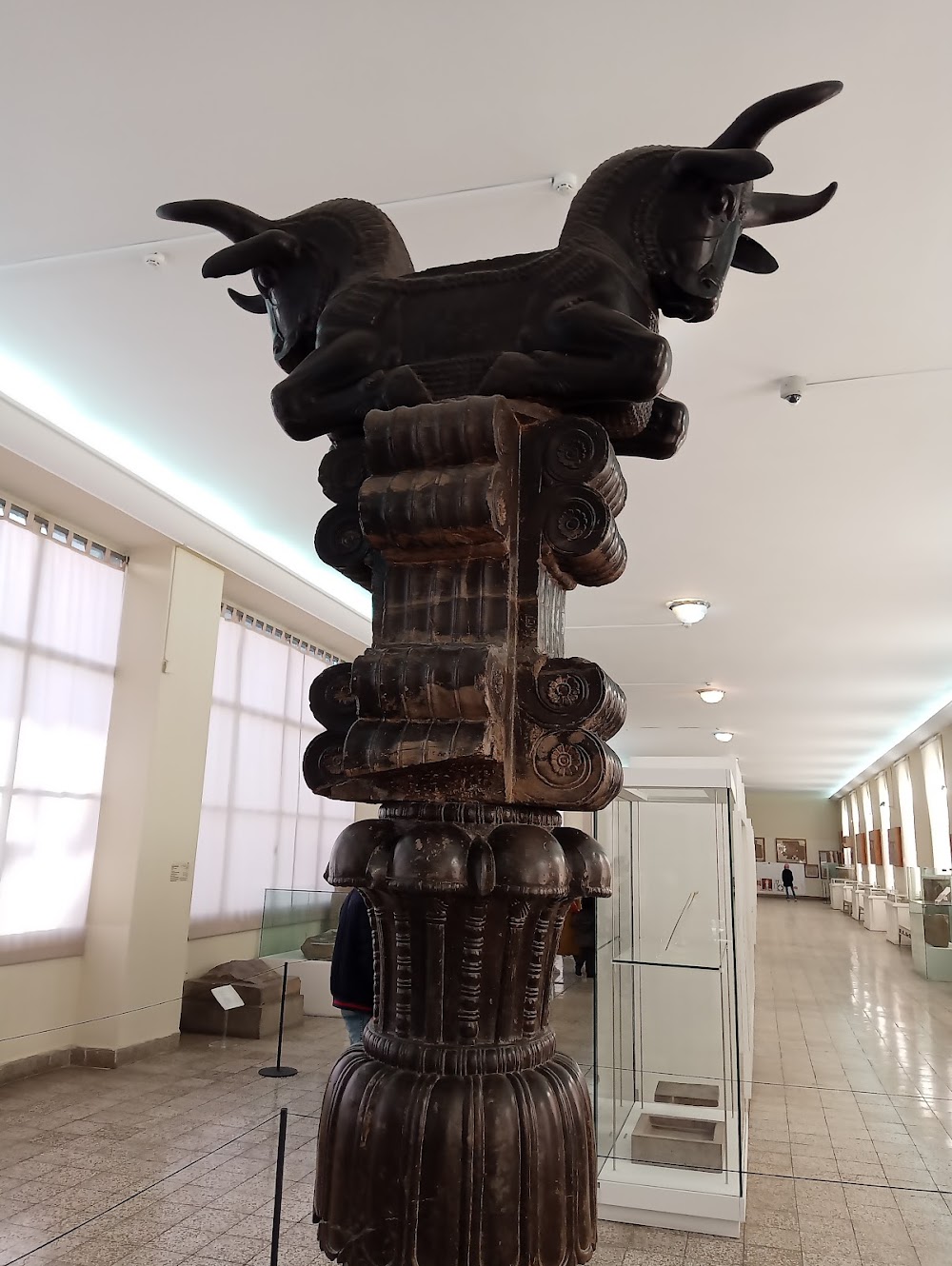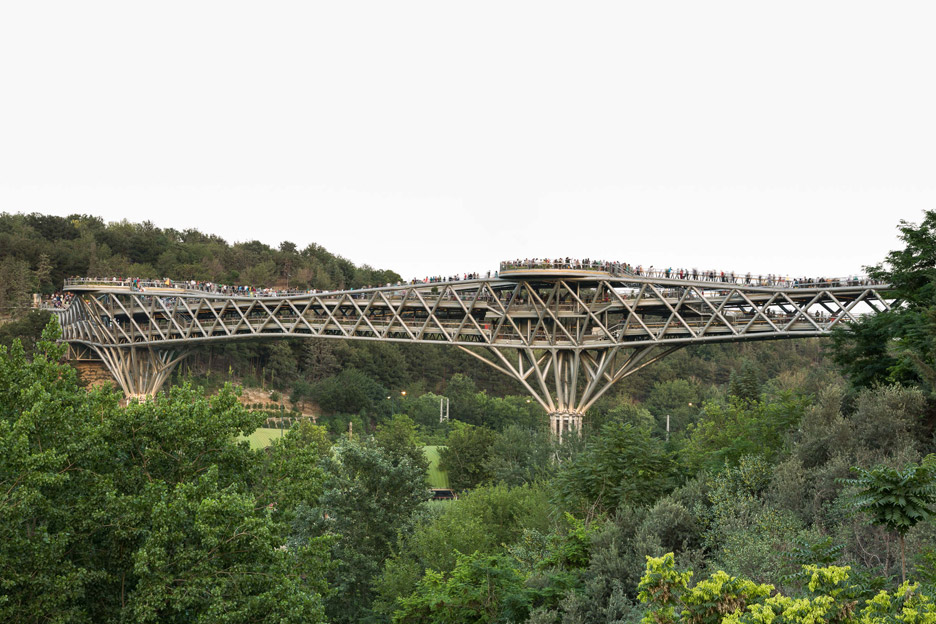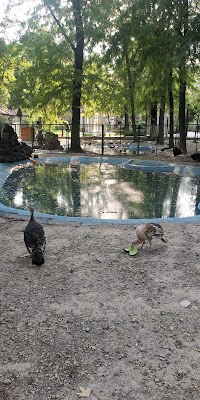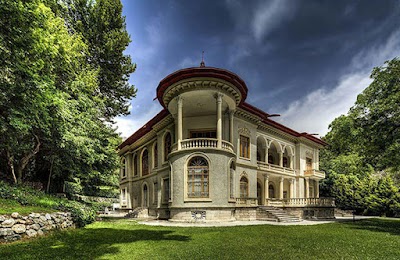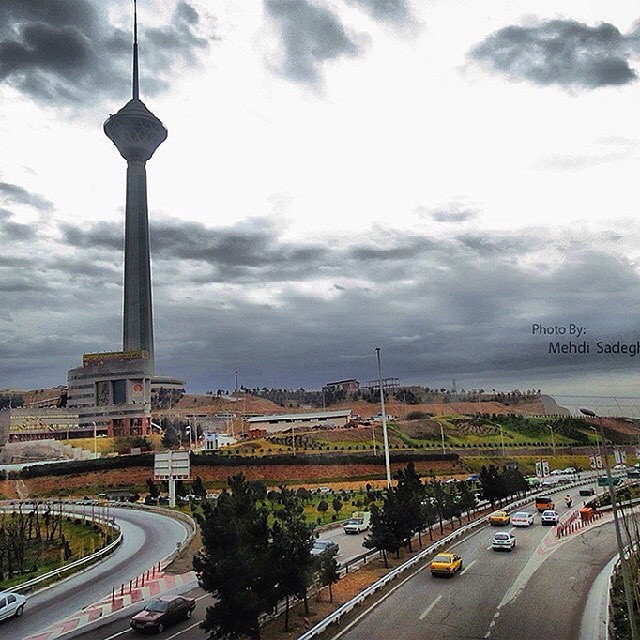National Museum of Iran (موزه ملی ایران)
Related Places
Overview
The National Museum of Iran, located in Tehran, stands as a vibrant testament to the country’s rich history and cultural heritage. Comprising two main complexes—the Museum of Ancient Iran and the Museum of the Islamic Era—this esteemed institution traces its origins back to the early 20th century, marking significant advancements in the preservation and celebration of Iran’s extensive past.
The Museum of Ancient Iran was the first section of the National Museum to be constructed. This ambitious project commenced in 1934, during the reign of Reza Shah Pahlavi, with the task entrusted to French architect André Godard. Well-acquainted with Iranian history and culture from his prior archaeological work in the region, Godard’s design drew inspiration from the Sassanian palace of Ctesiphon. The museum features grand arches and an elegant brick facade that echo this ancient architectural style. By merging traditional aesthetics with modern functionality, Godard succeeded in creating a building that was both beautiful and practical. The construction was completed in 1937, and the museum was officially inaugurated three years later in 1940.
In contrast, the Museum of the Islamic Era was established much later, designed to complement its predecessor while showcasing the treasures from the Islamic period. Planned and built in the 1990s, this wing opened to the public in 1996. Together, the two buildings make up the National Museum of Iran, housing an impressive collection of over 300,000 historical artifacts collected from various epochs of Iran’s storied past, spanning from prehistoric times to the present day.
Inside the museum, visitors are treated to an extraordinary display of relics arranged both chronologically and thematically, allowing for a captivating journey through Iran's multifaceted history. The Museum of Ancient Iran boasts remarkable treasures, including the renowned Chlorite sculptures from Jiroft, intricate ceramics from ancient Persia, and significant relics from the Achaemenid Empire, such as stunning statues of Darius the Great and exquisite gold and silver items.
Conversely, the Museum of the Islamic Era features a diverse array of items that highlight the evolution of Islamic art and architecture from the 7th century onward. This includes elaborate calligraphy, beautifully detailed manuscripts, intricate tile work, and textiles that exemplify the sophistication of Islamic influence in the region. Notable pieces within this collection illustrate the global interconnectedness of Islamic culture, showcasing contributions from not only Iran but also the broader Middle Eastern and Islamic world.
Through wars, invasions, and revolutions, the National Museum of Iran has remained a steadfast guardian of the nation’s history. Curators, historians, and archaeologists have played essential roles over the decades in expanding and preserving the museum's collection. Their dedicated efforts ensure that these treasures remain well-maintained and accessible to both Iranians and international visitors.
Beyond its exhibits, the museum serves as an educational hub, frequently hosting academic seminars, archaeology workshops, and cultural events aimed at fostering a deeper understanding of Iran’s heritage. Special exhibitions and international collaborations enhance its global reputation, solidifying the National Museum of Iran as a crucial center for historical research and cultural exchange.
Today, located on Si-e-Tir Street in Tehran, the National Museum of Iran continues to inspire awe and respect for the civilizations that have shaped both Iran and the broader human narrative. Its remarkable collection of artifacts and its enduring commitment to education form a bridge connecting generations of the past with those of the future, ensuring that the legacy of Iran’s rich history is forever cherished.


